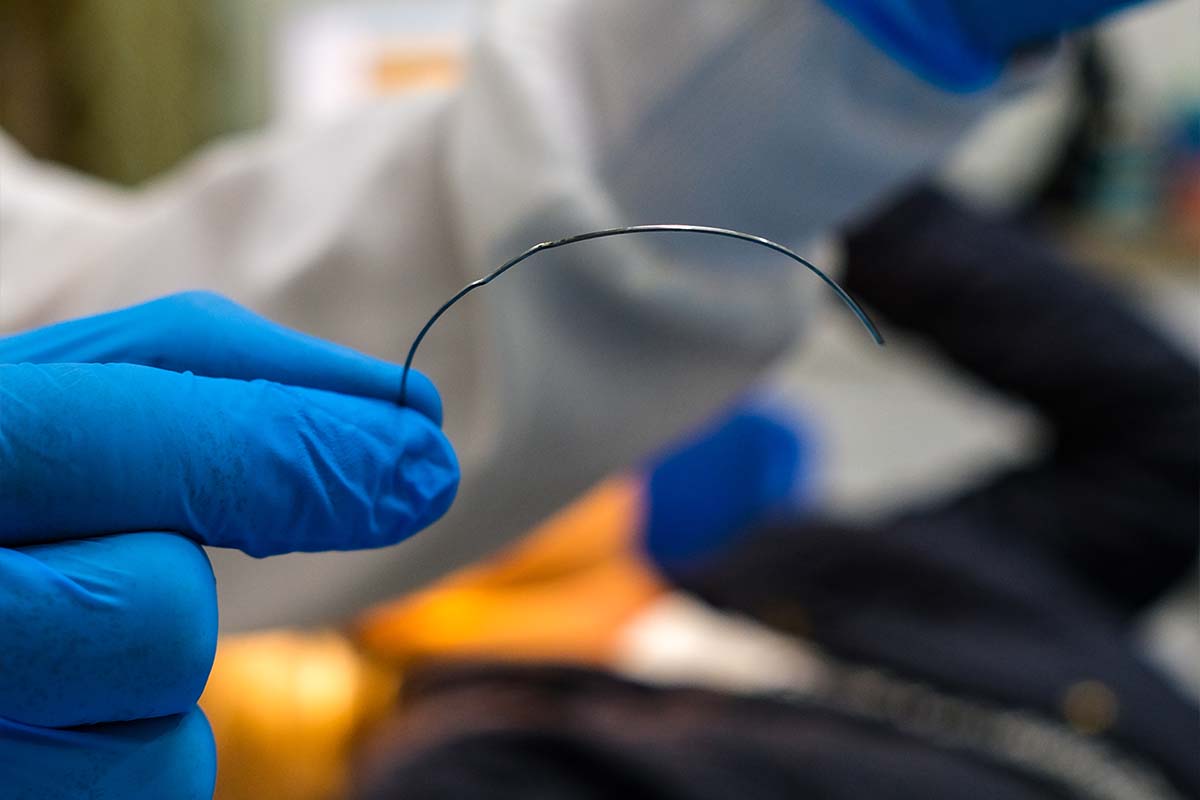Orthodontic treatment is a specialized field of dentistry that focuses on diagnosing, preventing, and correcting misaligned teeth and jaw positioning. The science behind orthodontic treatment involves an in-depth understanding of dental anatomy, biomechanics, and oral health. Let’s delve into the fundamental scientific principles that underpin this transformative dental discipline.
Dental Anatomy and Alignment
Orthodontic treatment revolves around the alignment and positioning of teeth within the jaw. Understanding dental anatomy is crucial; it involves comprehending the structure and function of each tooth, the jawbones, and the surrounding supportive tissues. Orthodontists use this knowledge to devise treatment plans that guide teeth into their ideal positions.
Biomechanics and Forces
The movement of teeth during orthodontic treatment is achieved through biomechanics—the study of mechanical principles applied to biological systems. Orthodontic appliances, such as braces or aligners, apply specific forces to teeth, encouraging them to move gradually over time. The direction and magnitude of these forces are carefully calculated to achieve the desired alignment.
Bone Remodeling
Bone remodeling is a fundamental process in orthodontic treatment. When force is applied to a tooth, it stimulates the bone cells in the surrounding jaw to remodel and adapt to the new tooth position. This process allows the bone to provide stable support for the repositioned teeth.
Periodontal Ligament
The periodontal ligament, a fibrous tissue that surrounds each tooth root, plays a vital role in orthodontic treatment. During treatment, the ligament is stretched or compressed, transmitting the applied force to the bone, leading to the movement of the tooth.
Treatment Planning and Technology
Modern orthodontics incorporates cutting-edge technology, including digital impressions, 3D imaging, and computer-aided design. These tools enhance treatment planning accuracy and efficiency. Orthodontists use advanced software to visualize the desired tooth movement, allowing for precise treatment strategies.
Orthodontic treatment is a sophisticated blend of science and technology, aimed at achieving optimal oral health, functionality, and aesthetics. By leveraging the principles of dental anatomy, biomechanics, and advanced technology, orthodontists craft personalized treatment plans that transform smiles and improve overall well-being.
Frequently Asked Questions (FAQs)
Q: Is orthodontic treatment painful? A: Some initial discomfort or soreness may be experienced as your teeth adjust to the orthodontic forces, but it’s generally manageable and temporary.
Q: How long does orthodontic treatment take? A: The duration of orthodontic treatment varies based on the complexity of the case, but it typically ranges from several months to a few years.
Q: Can orthodontic treatment be done without braces? A: Yes, there are alternatives like clear aligners that offer a more discreet and convenient option for orthodontic treatment.
Q: Are there age restrictions for orthodontic treatment? A: Orthodontic treatment is suitable for people of all ages, from children to adults.
Q: Can orthodontic treatment correct bite issues? A: Yes, orthodontic treatment can correct various bite issues, improving both aesthetics and functionality.

